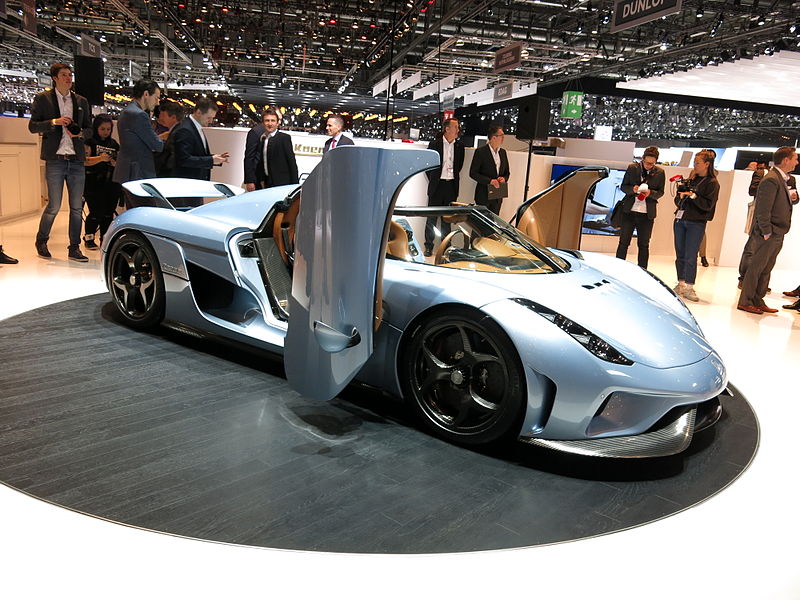| Source: elitetransmissionservice.com |
Back in the days of distant yore, when people spoke of going fast, manual were king. The thought of fitting a slushbox automatic especially on sports car would be met with derision in yesteryear. But fast forward to present day, all arguments in favour of manual, from performance to fuel efficiency, have gone out the window.
Thanks to advancement in technology, automatics are on par, or even outperformed the same car, same brand, same model, same everything except for its transmission. Just look at all modern supercars nowadays. Majority of them are almost always automatics, though not all of them are torque converter automatics. Rather it is an advanced automated manual transmission spearheaded by the highly popular dual clutch transmission that preselects next higher or lower gears for lightning fast gear change that cannot be rivalled even by the pros.
Furthermore, modern automatics are not just faster but also more fuel efficient. For example, the Porsche Cayman S manual accelerate from 0-62 mph in 4.7s and return 20/28 mpg (city/highway). Outfit it with Porsche's PDK dual clutch transmission, 0-62 takes 4.6s (down to 4.4s if you opt for Sports Chrono Package with Launch Control) and return 21/30 mpg (city/highway). Even modern torque converter automatics are outperforming manual. For instance, the BMW 435i coupe with 6 speed manual transmission accelerate from 0-62 mph in 5.3s and return 20/30 mpg (city/highway); outfit it with the advanced 8 speed automatic 62 mph arrived in just 5.0s and return 21/32 mpg (city/highway).
| Source: namu.wiki |
In light with the advancement in modern automatics, it is no surprise that automatics dominate the showroom floor; while the manual is consigned to small economy cars and niche market that caters to 'driver's car' moniker.
With automatics getting better and better, will this spell the end of shift-yourself transmission? Well, automatics haven't fully supplanted manual yet. There are sizeable number of marque that offers only manual on certain models such as Honda Civic Type R, Renault Megane RS, Ford Fiesta ST, Porsche Cayman GT4, Porsche Boxster Spyder and Peugeot 208 GTi to name a few.
Clearly, there are still those who clamour for the tactile engagement (including this writer) of dropping the clutch, feeling the cogs meshing under one's palm and of course the satisfaction of nailing rapid fire heel toe downshift. However, the questions on whether manual will soldier on raises question mark as automatics are getting more and more efficient that automakers see no point in offering manual transmission.
Clearly, there are still those who clamour for the tactile engagement (including this writer) of dropping the clutch, feeling the cogs meshing under one's palm and of course the satisfaction of nailing rapid fire heel toe downshift. However, the questions on whether manual will soldier on raises question mark as automatics are getting more and more efficient that automakers see no point in offering manual transmission.
To conclude this post, this writer believes that the future of do-it-yourself transmission is hanging by the thread as more and more cars are build with automatics and the demand for manual continues to drop as the world shifts their attention to improving fuel efficiency and minimising carbon footprint to meet the ever tough emission regulations, and (within the performance realm) enable automakers to meet performance milestone.
